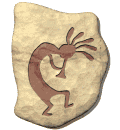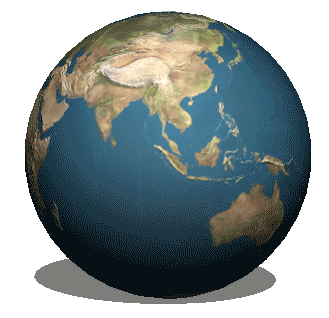Home Page World History AP | AP World History: Modern | |
| Links AP Central | | |
| Introduction to Advanced Placement World History The AP World History: Modern course (WHAPM) reflects a commitment to what history teachers, professors, and researchers have agreed is the main goal of a college-level world history survey course: learning to analyze and interpret historical facts and evidence to achieve understanding of major developments in world history. To accomplish this goal, specific concepts, skills, and understandings are taught and practiced, which are required by representative colleges and universities for granting college credit and placement. Students practice the reasoning skills used by historians by studying primary and secondary source evidence, analyzing a wide array of historical facts and perspectives, and expressing historical arguments in writing. Readings, content, and the overall curriculum has been selected to enable students to explore the AP course learning objectives while meeting state requirements. Formative as well as summative assessments are given when appropriate to determine student understanding of content, mastery of skills, and overall progress. Since human patterns are repeated and history builds on itself, cumulative summative assessments will be administered approximately at the end of each quarter. Grades are accrued on a point basis through test scores, quizzes, projects, and class participation. Required Text: | ||
| Daniel E. Snyder. Copyright © 2000 All rights reserved. |  | |
